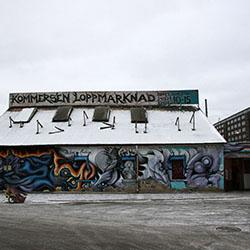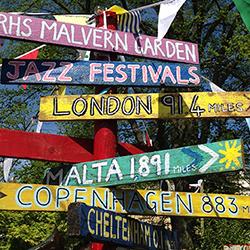A story of what came next
The value of culture in urban development
In recent years, several projects on culture have been carried out within Mistra Urban Futures. Case studies that show the value of the culture, the development of analyses and strategies have led to that culture now can be more easily integrated into the urban planning process.
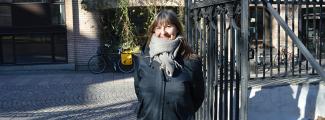
– The dream scenario is that culture enters urban development as an equal part in relation to everything else, says Mie Svennberg, one of the project leaders and urban planner, focusing on social sustainability, City Planning Authority, City of Gothenburg.
Take for example the three projects Urban Cultures: Case Kommersen, Kommersen 2.0 and Culture and Heritage in Sustainable Urban Development. They are all projects that have influenced the detailed development plan by advocating the role of culture. The latter focuses on how best to take into account the value of culture in urban development.
"We have also developed a strategy for how culture can enter the urban planning processes earlier. We want it to be adopted by the City Council"
Project leader Mie Svennberg participated in the development of a cultural impact assessment in Kortedala and one at Lindholmen, where several zoning plans are underway at the same time. In the assessment, one take inventory of an area, focusing on five cultural values: culture and environment, meeting places and cultural hubs, aesthetic values, creative and cultural activities and trade as well as identity. The idea is that the impact assessments will provide a basis for the City Planning Authority when developing the area.
– We have also developed a strategy for how culture can enter the urban planning processes earlier. We want it to be adopted by the City Council and have an actual effect. Then the whole city will be part of planning for culture, says Mie Svennberg, Project Manager, Culture and Heritage, who received warm praises from the Cultural Affairs Committee.
The work continues
– The plan for the project is to carry on in the long term so we continue to interact locally, regionally and internationally. We have presented the project in Kisumu at Mistra Urban Future annual conference in 2017 and plan to attend the 2018 conference in Cape Town in November, says Mie Svennberg.
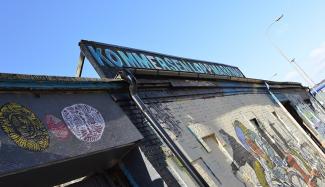
Important role in urban development
The two Kommersen projects are named after a flea market in Northern Masthugget. Gothenburg wrestles with problems linked to segregation.
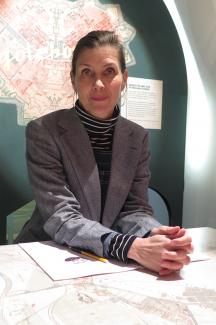
– Kommersen is a place that is part of the solution to the problem, by being an important meeting place in the city. People from many different districts comes to sell, buy and hang out, says Ylva Berglund, who has worked as project manager on behalf of the Museum of Gothenburg, the Cultural Affairs Administration and the City of Gothenburg.
– The flea market has proved to be of great importance for cooperation between people from different parts of Gothenburg. Kommersen is a place that has grown through an initiative from the citizens and has become important for the whole city from a social sustainability perspective, she says.
Celebrated film
The projects have resulted in several reports that raise the issue of the role of culture in urban development. Two of the reports are about Kommersen. Another report, Is there room for culture in the new city?, highlights areas where any many new houses are to be built. The situation at Karlavagnsgatan on Lindholmen is compared with Sockerbruket in Klippan, based on the perspective of free cultural operators. The authors of the report have interviewed artists and other cultural workers at Lindholmen who have been dismissed from their studios. Now, a celebrated film is also featured at the Art Museum, about two artists who were evicted from their studio at Sockerbruket where they worked for many years.
More light on the artist
At the seminar Mellanrum in September 2017, that among others Mistra Urban Futures organised, officials met with affected artists and had fruitful discussions.
– The artists' situation has gained more light. A city like Gothenburg, which is meant to grow a lot, needs to appreciate its culture and its culture practitioners. The culture fills the city with content, says Ylva Berglund.
Projektfakta
Urban Cultures: Case Kommersen
Partners: Museum of Gothenburg and University of Gothenburg
Project period: October 2012 - March 2013
Kommersen 2.0
Partners: Museum of Gothenburg and University of Gothenburg
Project period: December 2014 - February 2014
Culture and Heritage
Partners: Museum of Gothenburg, the Cultural Affairs Administration, City of Gothenburg and Universit.y of Gothenburg
Project period: September 2016 - 2017

